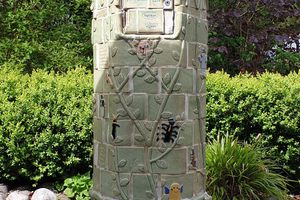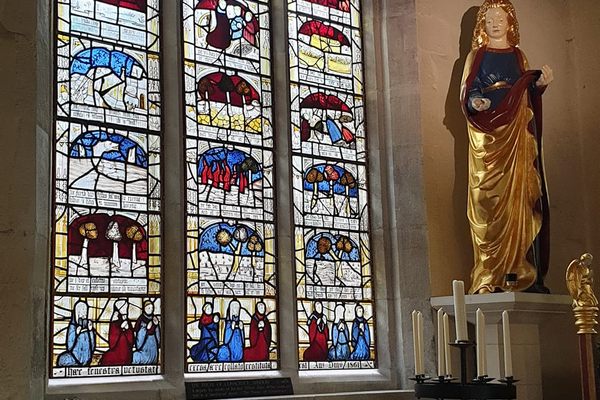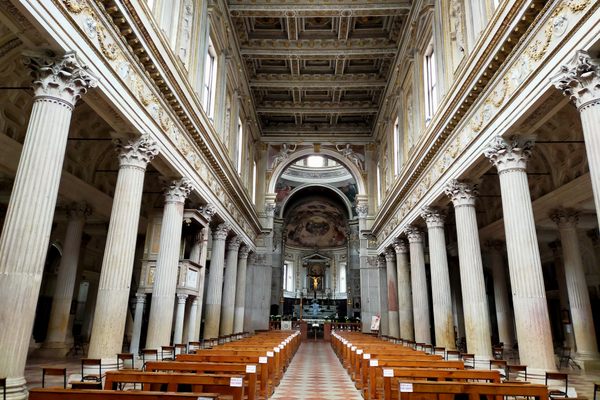About
"No one can deny me, that in the world there is no pleasure, greater than eating, and evacuating with measure."
Almost completely lost to history, the inscriptions on the latrines of the former Convent of the Nativity in Tepoztlán, Mexico, provide a delightfully unexpected bit of literal toilet humor.
Today, the former convent houses the Museo de la Natividad. As the historic building was being renovated, some graffiti was discovered on the walls of the latrines. But at first, no one could decipher it.
Luckily, at the same time, Tepoztlán locals were being asked to participate in a "memory contest" to bring objects that could have meaning to the museum. Amazingly, one woman came forward with a piece of paper on which a relative had written the full texts of the latrine graffiti!
Despite what you might expect to find in an old church bathroom, the short texts were not prayers or religious allusions, but a series of bawdy poems written in 1840 by José Manuel de Mata, and then painted in the convent by José Donaciano in 1895. All of them are about going to the bathroom.
Each poem is now reproduced on museum plates in front of the latrine where they were found. Here are some examples:
"Si en comer eres decente, en vestir y en hablar,en el modo de evacuarno te muestres indecente."
("If in eating you are decent, in dress and talk, in evacuate mode, don't show yourself indecent.")
"De las materias fecalestodos hacemos morcilla,y cuando la gana pilladando al intestino tono,el Rey baja de su tronoy el Papa deja su silla"
("About fecal matter, we all make a jest,and when the time gain, giving the intestine tone,the King comes down from his throne, and the Pope leaves his chair.")
Although the convent is well known, among other things, for preserving its original Renaissance-era mural paintings, the poetry of the privy is a unique attraction that is all its own.
Related Tags
Know Before You Go
If you visit the convent, don't forget to also ask about the graffiti written by French soldiers, which was created several decades before the poems in the latrines.
Community Contributors
Added By
Published
September 23, 2019





























